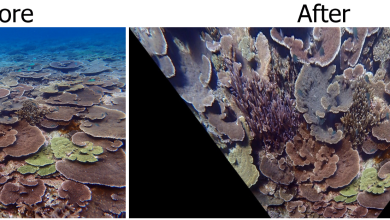Physics Begins at Large Hadron Collider; Florida Tech Is Among University Participants
MELBOURNE, FLA.—The Large Hadron Collider (LHC) at CERN, the European Organization for Nuclear Research in Geneva, Switzerland, has launched a new era for particle physics. On March 30, the first particles collided at the record energy of seven trillion electron volts (TeV). These collisions mark the start of a decades-long LHC research program and inaugurate research by thousands of scientists around the world.
Florida Institute of Technology is among four Florida universities, including Florida International University, Florida State University and the University of Florida, participating in the Compact Muon Solenoid (CMS) experiment at CERN. The CMS is one of the large international experiments at CERN’s Large Hadron Collider.
Florida Tech Department of Physics and Space Sciences faculty members Marc Baarmand, who initiated Florida Tech participation in the CMS project in 2001, and Marcus Hohlmann; five graduate students; and research scientist Igor Vodopiyanov have been actively involved with constructing and commissioning the CMS particle detectors. Florida Tech also hosts a “Tier-3” computer center, built under the direction of Hohlmann, which is one of the many regional hubs in the LHC Computing Grid.
The Florida Tech CMS research group, which has received nearly $2 million in funding to support its research from the Department of Energy (DOE), will analyze collision data collected in the coming years, searching for signs of new fundamental particles and forces in nature. This could lead to major discoveries and publications in the field of elementary particle physics.
“Today’s first 7 TeV collisions are a great start for LHC science,” said Dennis Kovar, associate director of science for High Energy Physics at the U.S. Department of Energy. “We eagerly anticipate the work of the world’s physicists as they begin their search for dark matter, extra dimensions, and the ever-elusive Higgs boson.”
More than 1,700 scientists, engineers, students and technicians from 89 U.S. universities, seven DOE national laboratories and one supercomputing center helped design, build and operate the LHC accelerator and its four massive particle detectors. United States participation is supported by the DOE’s Office of Science and the National Science Foundation.
Now, the real work begins for the LHC teams. Over the next 18 to 24 months, the LHC accelerator will deliver enough collisions at 7 TeV to enable significant advances in several research areas. More than 8,000 LHC scientists around the world will sift through the flood of data in search of the tiny signals that could indicate discovery.




